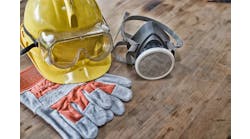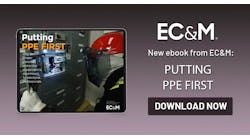Most employees will wear hearing protection on the job if directed to by a sign or told to by a supervisor. If it takes either of these to motivate the employee to roll up those foam plugs or don those earmuffs, however, your safety program is producing hearing-impaired individuals.
A good sense of hearing is an important asset. For example, a hearing-impaired individual who has tired of asking people to repeat themselves takes his best guess at the answer to the question, “Which circuit did you de-energize?”
The damage from chronic high noise exposure is cumulative and permanent. Employees who avoid getting in trouble on the job over hearing protection requirements may still suffer from permanent and profound hearing loss in their early 50s. A rule of thumb is that if you must raise your voice to have a conversation, you need hearing protection. Make sure your employees consistently follow this rule both on and off the job.




